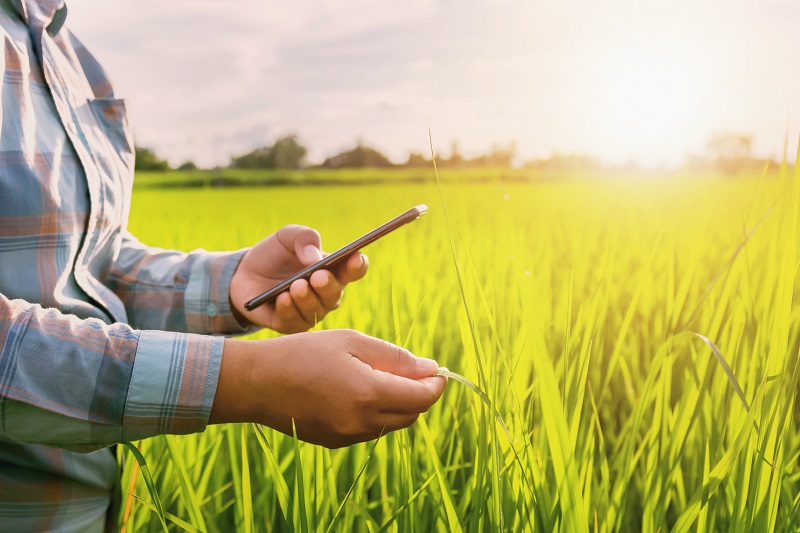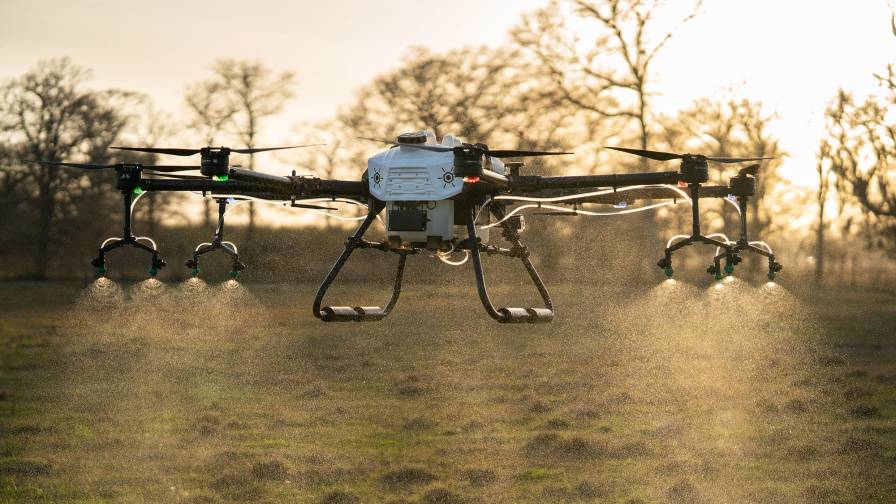Planting Progress: The Global Smart Agriculture Market is Evolving Through New Trends and Technological Advancements
Agricultural practices must evolve to address the combined challenges of increasing climate change effects alongside growing population numbers and rising consumer interest in sustainable food options. Smart agriculture merges traditional farming methods with advanced technologies including IoT systems and AI with Big Data Analytics. Advanced digital systems enable data-driven decision-making and resource optimization to support global food security beyond traditional automation methods.
Market Snapshot
Agribusinesses are investing in digital tools which leads to rapid growth of the Smart Agriculture Market through improved operational efficiency and increased production levels. As of 2024 the Global Smart Agriculture Market reached USD 25.36 billion while projections show it will grow to USD 54.71 billion by 2030 with a compound annual growth rate of 13.7%.
Large-scale farms in North America form the main market for smart agriculture because they widely adopt technology with the help of existing infrastructure support. Due to rising food needs along with government financial support and tech innovation in farming the Asia-Pacific region will see the fastest growth.
The main industry leaders consist of Deere & Company and Trimble Inc., along with Ag Leader Technology, AGCO Corporation, Topcon Positioning Systems, and Raven Industries.
MORE BY THE RESEARCH INSIGHTS
Agriculture Analytics Market Powers the Future of Data-Driven Farming Practices
Smart Spraying Takes Root: Agriculture Spraying Equipment Market Grows With Precision And Sustainability At The Core
From Reactive to Predictive Farming
Traditional agriculture depended heavily on farmers’ intuition and hands-on experience. The application of smart agriculture introduces real-time data insights which enable farmers to monitor crop health, soil conditions and pest outbreaks. Digital technologies enable farms to progress into active ecosystems which promptly and precisely respond to environmental changes.
Core Components Driving Smart Agriculture
The smart agriculture ecosystem unites hardware elements with software applications and connectivity systems. Key technologies include:
- Precision Farming Tools: The combination of GPS-guided tractors with variable-rate technology results in the optimized placement of seeds and precise application of inputs.
- IoT Sensors: IoT sensors are placed in soil and water systems as well as crops to keep track of moisture levels alongside pH and nutrient content.
- Drones and Aerial Imagery: Aerial imagery from drones delivers comprehensive bird’s-eye views to assist in crop health monitoring and irrigation planning.
- Smart Irrigation Systems: Smart irrigation systems deliver water automatically by analyzing real-time data from environmental and crop sensors.
- Livestock Monitoring Solutions: The use of wearables and smart collars enables farmers to monitor animal health and behavior while tracking their location to provide prompt assistance.
- Farm Management Software (FMS): Farm Management Software brings together data from various sources to support planning operations and ensure regulatory compliance while helping with future predictions.
The Intelligence Behind the Innovation
Smart agriculture utilizes artificial intelligence together with big data analysis and cloud-based systems to deliver advanced farming solutions. AI models use historical data and real-time information streams to forecast crop production levels and to detect plant diseases early while boosting operational efficiency. Through cloud-based platforms farmers now have access control capabilities that allow them to manage their operations using just smartphones or tablets. These technologies function in tandem to boost production efficiency alongside input waste reduction and support for sustainable farming practices.
Sustainability Takes the Spotlight
Smart agriculture is deeply linked to environmentally friendly farming techniques. Micro-dosing fertilizers using technology alongside targeted pest control methods and precise irrigation practices leads to decreased resource waste and lowered environmental impact. Smart agricultural solutions help global food supply chains by conserving water and reducing carbon emissions as they assist in achieving sustainability goals.
Hurdles on the Path to Adoption
Smart agriculture offers major advantages however several obstacles hinder farming communities from adopting this technology which limits its broad acceptance.
- High Capital Costs: Small and medium farms face financial difficulties in acquiring the necessary technology such as sensors, drones, and software platforms.
- Connectivity Issues: Rural agricultural regions face significant barriers to real-time data sharing because their internet infrastructure remains weak.
- Technical Know-How: Proper training will enable farmers to use advanced digital tools effectively.
- Data Privacy & Integration: Inconsistent platform standards and data ownership worries serve as potential barriers to adoption.
To successfully bridge these gaps, we need to establish public-private partnerships while securing technology grants and developing inclusive policy frameworks.
Emerging Trends Shaping the Market
New advancements in smart farming technology reveal fresh opportunities for farming efficiency. Noteworthy trends include:
- Blockchain for Food Traceability: Provides full visibility throughout food production and supply chain processes.
- AI-Driven Crop Simulation: Predictive models analyze the effects of different agricultural methods across multiple climate futures.
- Edge Computing: Data processing happens directly on-site which cuts down internet bandwidth needs and makes decision-making faster.
- Smart Greenhouses: Controlled-environment agriculture achieves maximum yield through the integration of sensors and artificial intelligence in confined spaces.
- SaaS Platforms for Farm Management: Advanced capabilities become scalable and affordable through subscription-based tools.
Conclusion: Farming Reimagined for a Connected Future
Through smart agriculture farming evolves from labor-driven intuitive methods into a highly intelligent and scalable sustainable business model. The growing global demands on food systems make digital innovation an essential step rather than an optional choice. Precision farming technology combined with data analytics and AI provides a resilient and responsive foundation for future agriculture despite ongoing challenges. Smart agriculture delivers harvests that deliver higher productivity with intelligent environmental practices while preparing for future needs.









